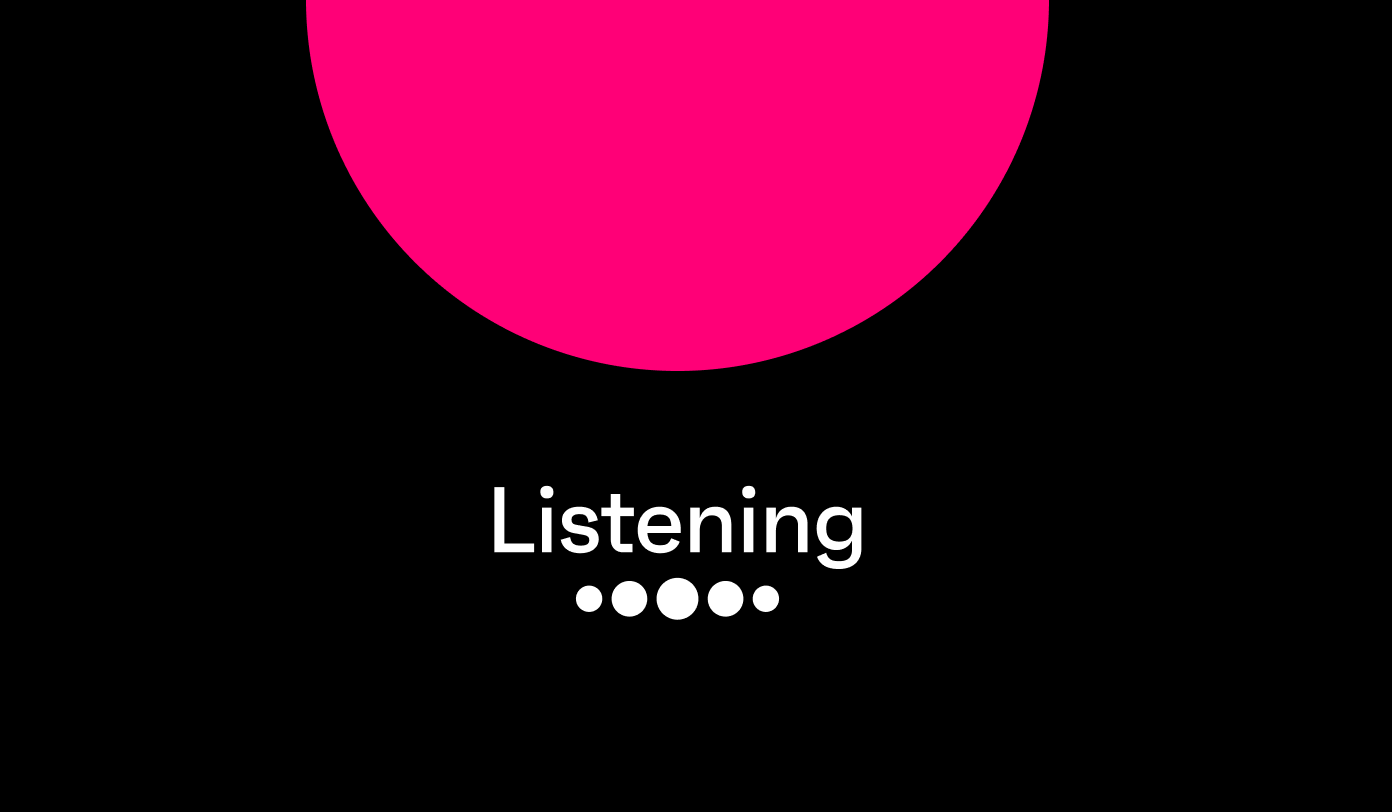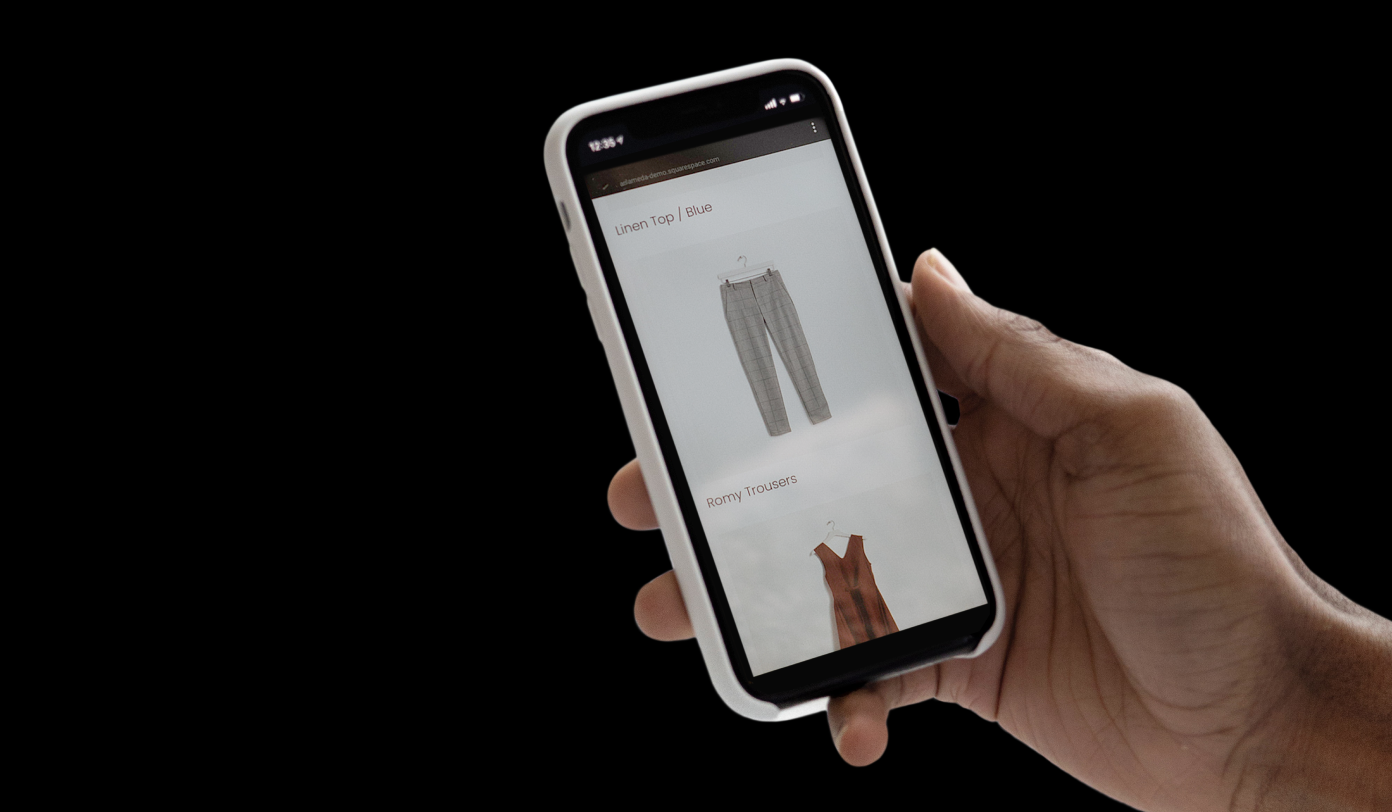When Covid hit, many of us turned to binge-watching shows, playing Animal Crossing, or getting lost in a podcast. Two years in and people are starting to rebuild their lives and routines. Some people might be back in the office full-time, while others might have adopted hybrid working, or a permanent WFH situation.
As people do this, it makes it trickier to understand their media behaviors – what’s changed, what’s stuck, and what direction are they going in?
Luckily, our latest global entertainment report has just landed and it’s stuffed to the brim with all the trends you need to know about the entertainment world. It’ll help you get a greater grasp of consumers’ media habits today.
For now, here’s a sneak peek of what’s in-store.
Online TV reaches peak subscription
Like a lot of other digital media, online TV gathered pace during the pandemic. In 2020, consumers globally spent 1 hour and 26m watching online TV on an average day. Growth has slowed down since then though, and broadcast TV remains firmly ahead.

With that said, advertisers and marketers should bear in mind that online TV is progressively snatching up a larger portion of the overall viewing time. In 2015, 71% of TV watching happened on broadcast TV. Fast forward to 2021, and this figure had shrunk to 56%. It’s likely this gap between online and broadcast TV will fully close in the future, and will largely be driven by younger consumers.
As people moved to set up their home offices, our day-to-day work routine and behaviors changed too. Our Zeitgeist research from December showed almost 4 in 10 fully remote workers watch TV shows and movies before starting work. As their third most popular morning activity just behind checking social media and watching the news, it suggests streaming has carved a new place in consumers’ lives.
It also gained new audiences.
Since 2015, Gen X’s time spent watching online TV has increased at nearly the same levels as Gen Z (with an average of 35 minutes a day).
Although the pandemic has certainly diversified streaming’s user base, keeping the momentum going hasn’t been an easy feat.
Our global data shows we may have reached “peak subscription” in the West, with the number saying they’ve paid for a movie or TV streaming service starting to plateau. As the battle for eyeballs intensifies, subscription fatigue follows.
Music streaming picks up steam
Music has remained the most popular personal interest since we started tracking it in Q3 2018, and today it tops the charts in 21 of our 47 markets.
The beauty of audio is that it can be consumed in combination with other media or behaviors – and it often is.
For example, 44% of fully-office-based or hybrid workers say they listen to music while commuting; of them, 38% browse social media at the same time.
In the context of an attention recession and screen fatigue, audio of any kind is gaining popularity among advertisers and marketers. Spotify reported a 40% year-on-year growth in ad revenue in Q4 2021, which now accounts for 15% of its total earnings.

In 2021, all generations spent more time on music streaming than radio except for baby boomers. It’s not that they’re listening to more radio though, they’re just spending less time on both types of audio types altogether.
However, as we covered in our 2021 Connecting the dots report, boomers are starting to adopt digital behaviors beyond just scrolling on social media, which was a trend further boosted by the pandemic.
We see signs of that in the music-streaming space. There’s been a 13% increase in boomers listening to music-streaming services each week in the space of one year alone. For marketers still not persuaded to move the needle toward digital audio, now’s the time to craft campaigns to engage with the most affluent generation out there.
Social continues to cater to consumers’ love for video content
Fueled by the popularity of creative, visual, video-heavy platforms like Instagram and TikTok, more and more consumers are flocking to these apps to consume and create content.
TikTok is the fastest-growing platform across all generations, and is the go-to place to find entertaining/funny content.

Across all generations, short-form video content beats out long-form, with the former growing 5% among baby boomers since Q1 2021. TikTok may have led the way initially for this type of snackable content, but Instagram’s Reels is quickly picking up speed in a very short space of time, growing 27% since Q4 2020. With consumers craving a more honest, less polished online experience, short-form is primed to give them what they want.
Some brands are leaning into this by partnering up with more niche creators on TikTok. Gucci, for instance, turned to trainspotter Francis Bourgeois to bring its collaboration with North Face to life – a bit of a departure from their typical creator collaborations. The brand is aiming to tap into TikTok’s increasing number of niche, playful sub-communities.
As services continue to battle it out to win consumers’ attention, brands need to stay focused on tailoring and optimizing their video content experience to better meet consumers of all ages where they’re at and do it in a way that’s fresh and relevant.
Gaming = a space for everyone
Similar to other forms of media, gaming benefited from the pandemic. However, this has since slowed down as people return to their normal routines. In Q2 2020, when the pandemic first hit, 87% of consumers said they play games on any device – this has steadily declined and now stands at 83%.
It’s still a huge portion of consumers who play games though, and it’s been making serious gains among older consumers too.
Pre-pandemic in Q4 2019, 56% of baby boomers said they play games via any device, climbing to 65% today.
The portion of women who play games has also increased (+5%), with almost as many women playing games as men – 85% vs 81%, respectively. This really underpins just how diverse the gaming audience is. And services like Paidia, a new online gaming community, are popping up to cater to this audience.

Mobiles have been the driving force behind increased adoption, growing by 8% since 2016. Alongside this, free-to-play games have hooked more people in – 34% of gamers have played or downloaded a free-to-play game in the last month, compared to 18% who’ve purchased a physical game or one from an online store.
As the gaming audience continues to diversify, more brands are trying to get in on the action, as they increasingly realize that’s where their consumers are at.
Wendy’s is a great example of how a brand successfully gets involved in gaming, but it’s not always plain-sailing. Understanding and listening to gamers is the most important first step in crafting a campaign that lands.
Esports followers are open to sponsorship, with some caveats
Esports continues to cement its status as a key form of entertainment. As it increasingly integrates into pop culture, more companies and investors are closely watching this space.
Similar to gaming, esports is also attracting attention from a diverse range of gamers.
Just over 40% of female gamers are esports followers, which isn’t miles behind their male counterparts at 59%.
At the same time, a sizable chunk of older gamers are esports followers – around half of Gen X gamers and a third of boomer gamers.
Plenty of brands, including non-gaming ones, have managed to run some successful campaigns. As tempting as it might be to dive in head-first, failing to understand these audiences on a fundamental level is a misstep. Taking the time to understand what makes them tick is important.
For example, this group is extremely community-focused and wants to feel involved, so brands that make them feel part of an insider group, or seek and listen to their opinions are likely to resonate more with this audience.
Luckily for brands eyeing up this space, our data suggests esports followers may be more receptive to sponsorship than some might think – even when non-gaming brands are concerned. However, many are sensitive to over-advertising, so stakeholders should lean into what matters to fans. Using esports teams or players as influencers could be one way of creating content and conversations they’re excited to be a part of.
With so many media formats trying to grab a slice of consumers’ attention, it’s not an easy feat to stay ahead, especially as life gets back to normal in many areas of the world. A good way to keep a finger on the pulse is with trusted, relevant data – helping brands, agencies, and marketers of all kinds stay informed.
For the full lowdown on these trends, turn to our global entertainment report.
Report
The biggest entertainment trends in 2022
Download now






.webp?width=495&height=317&name=pink_thumb_graphs%20(1).webp)
.webp?width=495&height=317&name=pink_thumb_letter%20(2).webp)